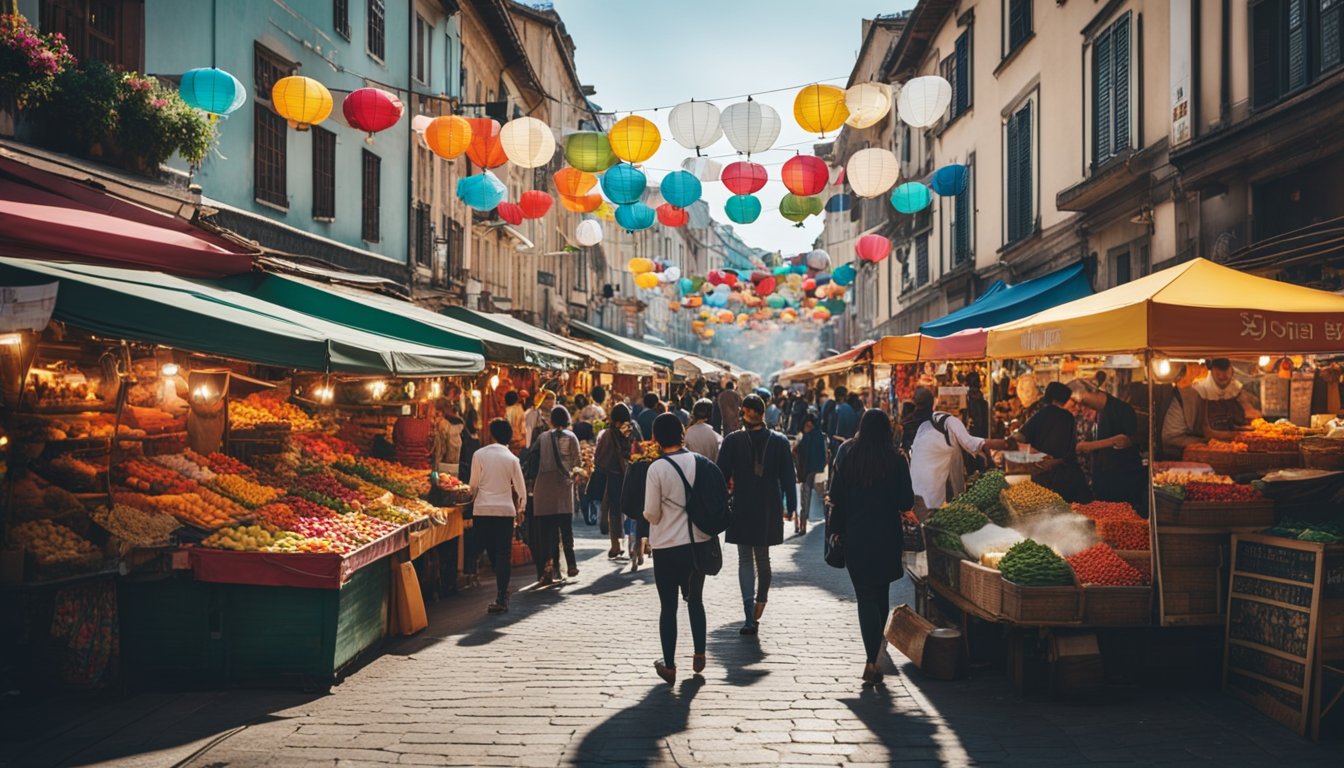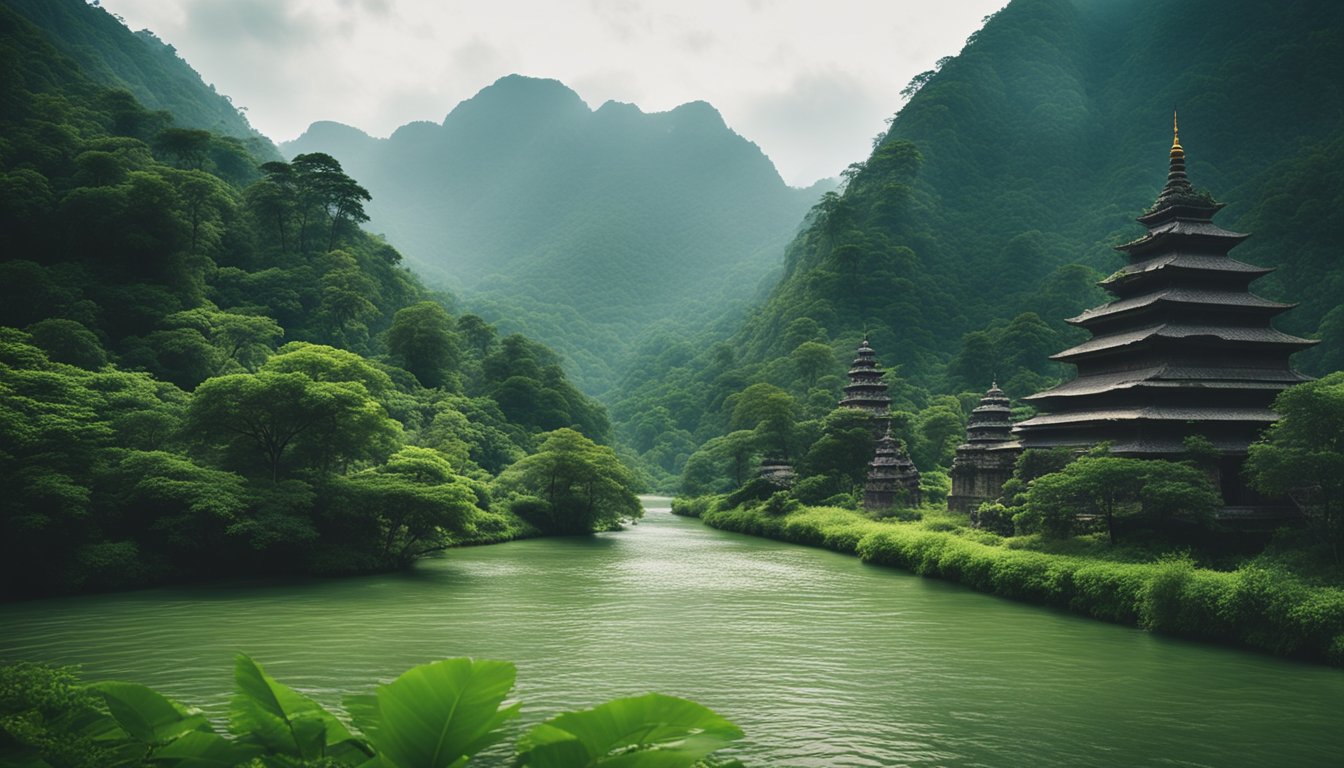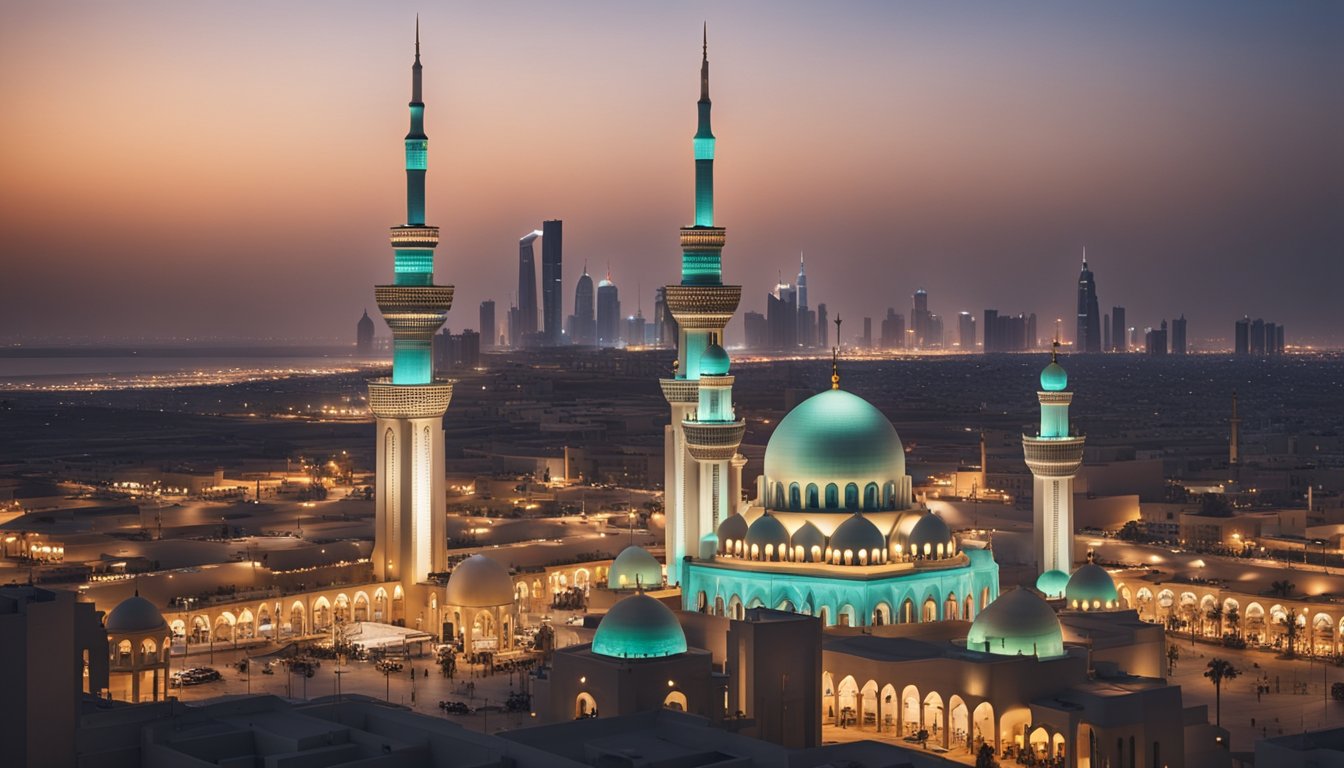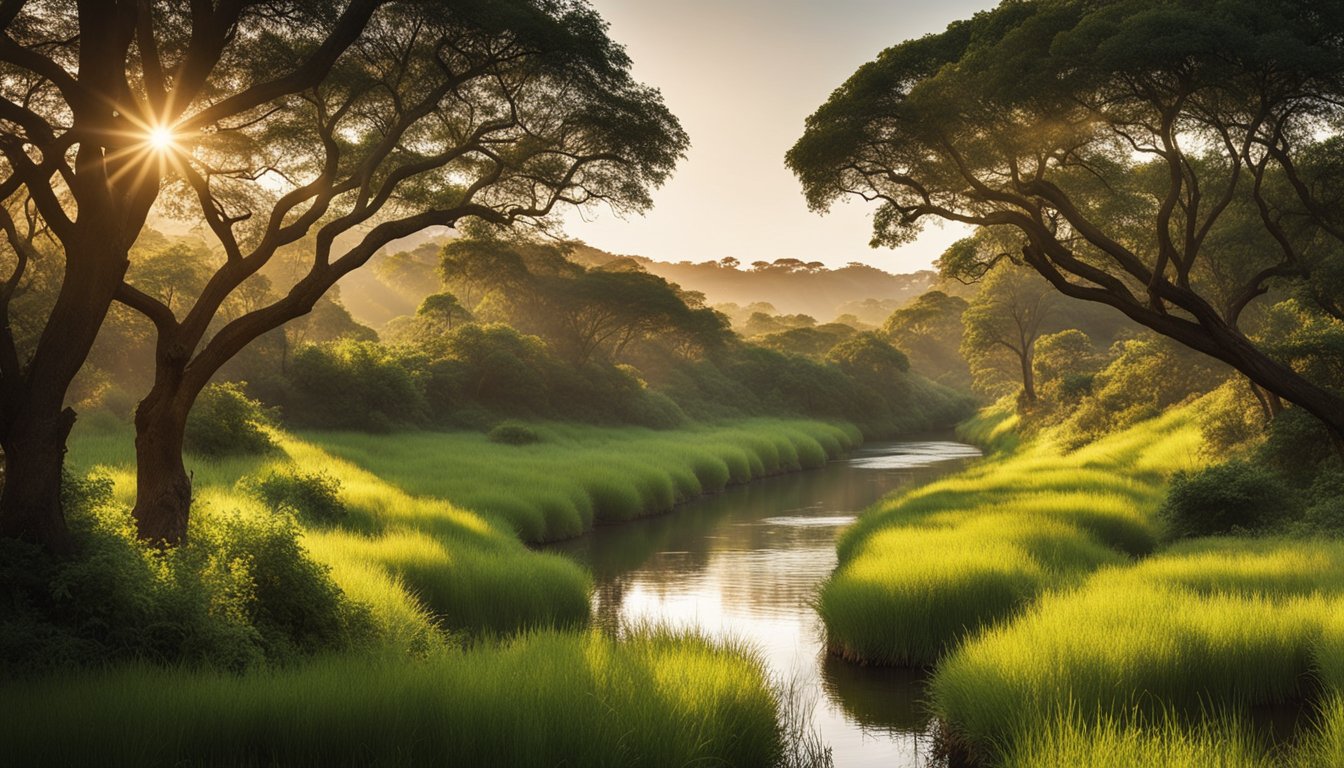Ouagadougou, the captivating capital of Burkina Faso, represents the vibrant heart of West Africa with its unique blend of cultural richness and urban sophistication. This bustling city serves as a gateway for travelers seeking to immerse themselves in the rhythms of African life. With its fascinating history, bustling markets, and dynamic arts scene, Ouagadougou offers an array of experiences to explore. Visitors are welcomed by the warm hospitality of its residents, who embody the country’s diverse ethnic tapestry.

Burkina Faso, a landlocked nation, may not be as widely known as some of its coastal neighbors, yet it holds its own with an array of cultural and natural attractions. Amidst the broader West African landscape, Ouagadougou stands out for its harmonious balance of modernity and tradition. The city pulses with activity, from traditional music that spills out of local bars to the colorful tapestry of goods available at the sprawling central market.
In navigating Ouagadougou, travelers are treated to a spectacle of architectural diversity. From the grandeur of the Ouagadougou Cathedral to the unassuming beauty of local structures, the city showcases a wide array of building styles that reflect its complex historical narrative. As the political and economic hub of Burkina Faso, it plays a critical role in shaping the region’s development trajectories. The city’s ongoing evolution makes it an exciting and essential destination for those exploring the rich landscape of Africa.
Getting to Know Ouagadougou

Ouagadougou, the capital city of Burkina Faso, is a tapestry of cultural and historical significance. Situated in the heart of West Africa, it serves as the administrative, communications, and economic center of the country. As the largest city, Ouagadougou is home to over two million people, with the Mossi people comprising a significant portion of its population.
Historical Context
The Mossi Kingdoms, which date back to the 11th century, influence the city’s historical narrative. Ouagadougou emerged as the capital of the Mossi Empire and has retained its importance through various colonial and post-independence periods.
Cultural Richness
The city thrives on a rich fusion of cultures, with Islam being the predominant religion. Traditional Mossi culture remains vibrant, manifested in music, festivals, and crafts.
Colonial Influence
French colonial rule, which began in the late 19th century, left an indelible imprint on the city’s architecture and language. Today, French is the official language, used widely in education and government.
Key Locations
Visitors can explore a number of landmarks that reflect Ouagadougou’s diverse cultural heritage:
- The Grand Mosque: Décorated with Sahelian architecture that reflects Islamic traditions.
- National Museum of Burkina Faso: Showcases artifacts and exhibits from the country’s various ethnic groups.
- Place des Cinéastes: A hub for film enthusiasts, highlighting Ouagadougou’s role in Pan-African cinema.
Ouagadougou continues to evolve while treasuring its historical roots, offering a distinctive experience to those who walk its streets. The city is not just a political capital but also the heartbeat of the nation’s cultural life.
Essential Travel Information

Traveling to Ouagadougou requires planning for efficient transportation, securing suitable accommodation, understanding the local weather patterns for optimal visit times, and adhering to safety advice for a smooth experience.
Transportation Overview
Ouagadougou Airport serves as a main gateway for travelers, offering flights to and from various international destinations. In the city:
- Taxis: Readily available and can be hailed on the streets.
- Motorcycle Taxis: A quicker option, suitable for solo travelers.
- Buses: Connect Ouagadougou to other cities like Bobo-Dioulasso.
Accommodation Options
Accommodations range from budget to luxury. Options include:
- Hotels: Various international and local hotels.
- Guesthouses: For a more intimate experience.
Prior booking is advisable.
Weather and Best Times to Visit
Ouagadougou experiences a warm climate with two main seasons:
- Dry Season: November to May, ideal for travel.
- Wet Season: June to October, with frequent rains.
The best time to visit is during the cooler months of the dry season.
Safety Tips
Travelers should remain vigilant and adhere to the following:
- Only use official taxis, particularly after dark.
- Keep valuables secure and out of sight.
- Stay informed about the local safety situation.
Cultural Highlights

Ouagadougou, the heart of Burkina Faso, pulsates with a rich tapestry of cultural events and historical depth that captures the essence of the nation’s spirit. From annual festivals to a storied musical tradition, visitors are greeted with a vibrant cultural landscape.
Festivals and Events
- FESPACO (Panafrican Film and Television Festival of Ouagadougou): This biennial event is Africa’s largest film festival, turning the city into a hub for African cinema. It celebrates African filmmakers and provides a platform for the continent’s cinematic talent.
- Cultural Festivities: Regularly occurring festivals in Ouagadougou celebrate traditional dance and music, reflecting the customs of the Mossi people, the largest ethnic group in Burkina Faso.
Museums and Historical Landmarks
- National Museum of Burkina Faso: This museum houses a wealth of artifacts dedicated to Burkinabe culture, including exhibits on Mossi history and traditions.
- Grand Mosque: A significant feature of the city’s skyline, the Grand Mosque reflects the blend of Islamic architecture with local building techniques.
- Tables of artifacts:
Exhibit Category Featured Artifacts Mossi Heritage Royal drums, regalia Archeology Prehistoric pottery
Music and Art
- National Museum of Music: Visitors can explore a diverse collection of traditional instruments and delve into the history of the country’s music.
- Institut Français: It regularly hosts art exhibitions and live music performances, offering a window into both contemporary and traditional artistic expressions.
- Live Music and Concerts: Local venues frequently showcase live performances, where one can experience the vibrant energy of Burkinabe music, often woven with dance traditions.
Exploring Local Life

Experiencing the vibrant local life in Ouagadougou provides visitors with a genuine insight into the culture of Burkina Faso’s capital. From bustling markets to traditional dining, and serene parks, each aspect gives a taste of the daily rhythms of the city’s inhabitants.
Markets and Shopping
In Ouagadougou, markets offer a colorful array of goods, especially spices and traditional fabrics. The Central Market is a labyrinthine hub where visitors can find local handicrafts and everyday items. At the Village Artisanal de Ouagadougou, tourists have the opportunity to purchase unique artisanal products and observe craftsmen at work.
- Spices: Aromatic and diverse, from fiery to subtle.
- Fabrics: Brightly colored patterns, important in local fashion.
- Handicrafts: Wood carvings, metalwork, and woven baskets.
Dining and Cuisine
The city’s cuisine is a testament to the rich flavors of West Africa. Riz gras, a flavorful rice dish, and poulet bicyclette, a savory grilled chicken, are omnipresent. For a traditional porridge experience, one should try tô, made from millet or sorghum.
- Restaurants: Serve a mixture of local and international dishes.
- Street Food: Stalls and roadside vendors offer quick, delicious eats.
- Local Cuisine: Features hearty stews, grilled meats, and seasoned vegetables.
Parks and Recreation
Exploring the city’s recreational spaces, guests are enveloped in tranquility away from the urban hustle. The Bangr-Weoogo Urban Park is a respite for those seeking nature and a place to enjoy Ouagadougou’s vibrant music scene.
- Parks: Well-maintained, with plenty of shade and seating areas.
- Music: An integral part of the culture, often heard in open spaces.
- Bangr-Weoogo Urban Park: A large green space which offers cultural events and activities.
Beyond the Capital

Travelers to Ouagadougou may be curious about what the surrounding areas have to offer. A day trip outside the capital provides a chance to encounter West Africa‘s picturesque landscapes and diverse wildlife. Those journeying towards the northwest might set Mali as their itinerary’s next destination, where the storied city of Timbuktu awaits with rich history and captivating culture.
Nearby Attractions
- Ziniaré Wildlife Park: Just 35 kilometers east of the capital, this park is a sanctuary for local fauna.
- Laongo Sculpture Park: An impressive outdoor museum featuring granite sculptures.
Possible Itineraries
- Morning Safari: Begin with sunrise at Ziniaré, observing antelope and other wildlife.
- Cultural Journey: Visit local villages to experience the traditional ways of life.
- Mali Excursion: After spending a couple of days in Burkina Faso, visitors might cross into Mali, famed for its mud-brick architecture.
Wildlife Spotting
- Burkina Faso: Home to lions, elephants, and monkeys.
- Mali Border Areas: Known for Sahelian species, such as gazelles and camels.
By venturing outside Ouagadougou, travelers can enjoy a fuller picture of the region’s natural beauty and cultural depth. Combining these experiences creates a rich tapestry of memories from the heart of West Africa.



